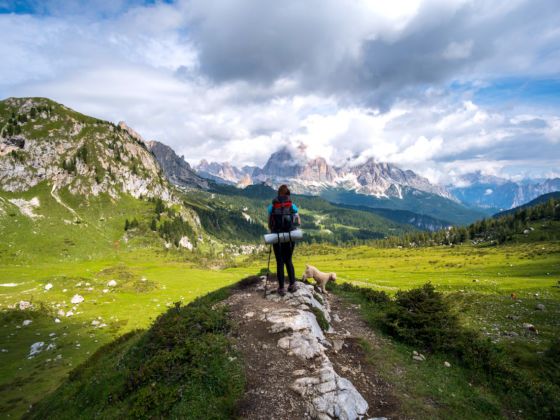What You Need
Depending on where you will be traveling, whether or not you need to pack for winter, and your level of experience, your pack on a multi-day trip can be a hulking behemoth or a featherweight sack barely heavier than your day pack. Regardless of your destination or the season, however, one rule governs the packing for every backpacking trip: Light is right.
